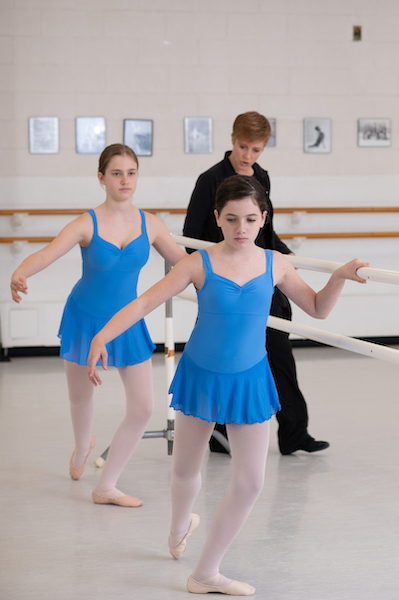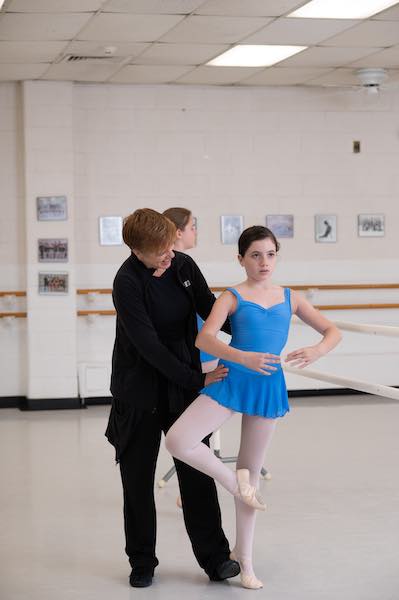Kids Continue to Find a Refuge in Dance
- Tuesday, 11 April 2023 08:12
- Last Updated: Tuesday, 11 April 2023 08:43
- Published: Tuesday, 11 April 2023 08:12
- Joanne Wallenstein
- Hits: 2225
 Here in Westchester and all throughout the country, parents have the ability to enroll their children in an endless variety of activities that bring physical, emotional and cognitive benefits. With so many choices, it can be challenging to narrow down the options they think might be the best fit and offer their children the best combination of enrichment and enjoyment.
Here in Westchester and all throughout the country, parents have the ability to enroll their children in an endless variety of activities that bring physical, emotional and cognitive benefits. With so many choices, it can be challenging to narrow down the options they think might be the best fit and offer their children the best combination of enrichment and enjoyment.
In honor of International Dance Day, I encourage all parents to explore the benefits of dance education and its renewed importance in today’s hyper digitally connected world.
International Dance Day is a global celebration of dance established through the United Nations Educational, Scientific and Cultural Organization (UNESCO). It occurs annually on April 29th, the anniversary of the birth of dance pioneer Jean-George Noverre.
Born in France in 1727, Noverre created the foundation of ballet as we know it today, but he never could have predicted the importance of his work among young people navigating 21st century realities.
When ballet students enter the studio here at the JCC Mid-Westchester in Scarsdale, they are greeted by not just their dance teacher, but also an accomplished pianist. This professional’s classical, acoustic accompaniment provides a soothing backdrop to the skillful, gentle, age-appropriate dance instruction, offering a refuge from the sensory overload that has invaded too many child-oriented spaces.
But even beyond ballet, all styles of dance have been shown to relieve stress, improve coordination and flexibility, and – impressively – enhance brain function. By teaching young people to focus on the details of movement, instructors help speed connections in their minds and improve their memorization skills. We’ve seen this first hand with our students enrolled in ballet, tap and hip hop, with parents sharing over and over again how they’ve seen a correlation with their children’s dance training and development.
In addition, children with special needs derive tremendous benefits from dance. For example, those with ADHD routinely experience improvements in their ability to focus. And those with behavioral challenges receive needed structure in the etiquette and rituals inherent in dance: its uniform, the set progression of class warm-ups, and required awareness of dancers’ personal space.
Of course, not all dance programs are the same. For example, many train students for today’s competitive dance circuit, adding a more potent team component as well as the concepts of winning and losing. The JCC Mid-Westchester dance school has intentionally avoided this particular track, instead focusing on the fundamentals of dance and its intrinsic motivations for self-improvement. We teach our students to take pride in their own personal dance accomplishments: the elevation of their jumps, the steadiness of their turns, their ability to connect with the music. And, of course, we want them to have fun!
As a long-time dance educator, nothing gives me a greater sense of pride than seeing my students grow and develop, both within and outside the studio. It drives me to continue advocating for traditional dance instruction as a powerful antidote to the stresses and pressures that, unfortunately, have come to define many children’s and adolescents’ experiences today.
Kristen McGrew is the dance director at the JCC Mid-Westchester in Scarsdale. She has served as a dance instructor since 1995. Previously, she danced with professional companies Eglevsky Ballet, Charleston Ballet Theater, Bravo Dance!, Tennessee Festival Ballet, and Ballet Theater of Pennsylvania; worked as a guest artist throughout the eastern United States; and performed across the country, dancing principal roles in the classics and world premieres.
(Sponsored content from JCCMW)







